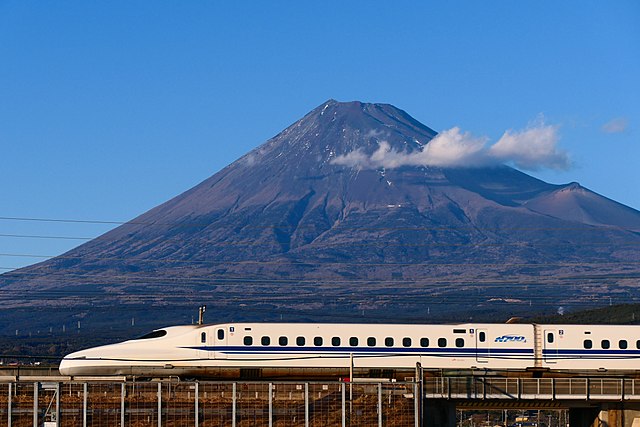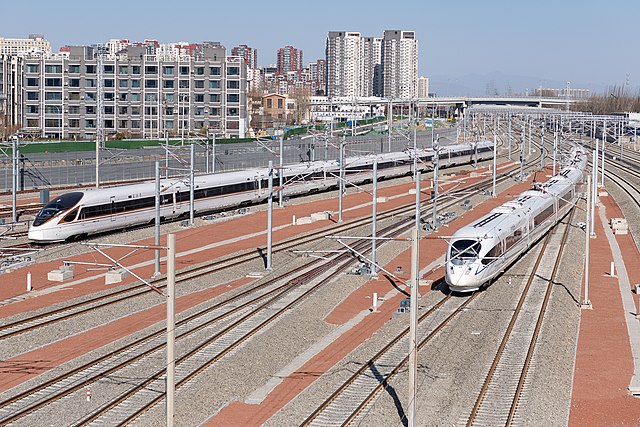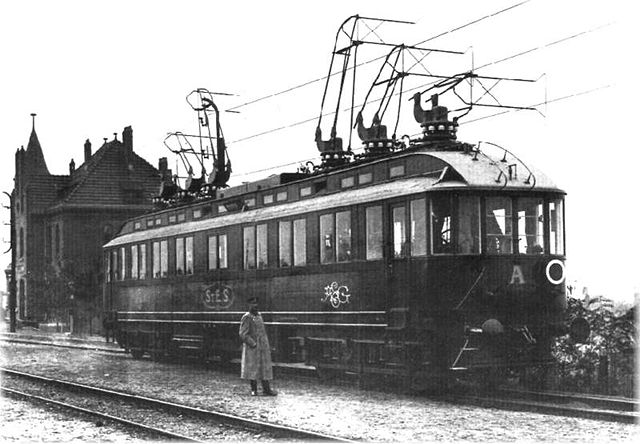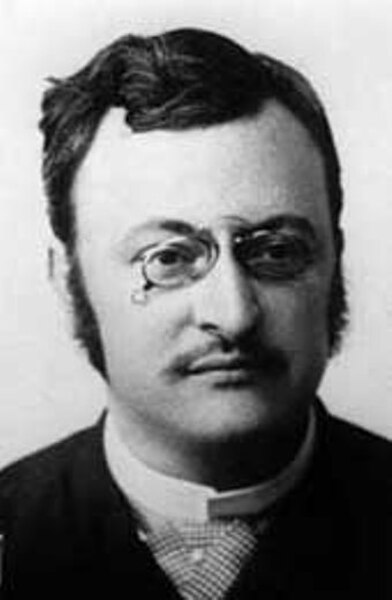High-speed rail in the United States
Plans for high-speed rail in the United States date back to the High-Speed Ground Transportation Act of 1965. Various state and federal proposals have followed. Despite being one of the world's first countries to get high-speed trains, it failed to spread. Definitions of what constitutes high-speed rail vary, including a range of speeds over 110 mph (180 km/h) and dedicated rail lines. Inter-city rail with top speeds between 90 and 125 mph is sometimes referred to in the United States as higher-speed rail.
Amtrak Acela train at Old Saybrook, Connecticut
Streamlined 4-6-2 "President"-class steam locomotive on B&O's New York–Washington, D.C. Royal Blue in 1937
Burlington Pioneer Zephyr passenger train approaching station and waiting passengers at East Dubuque, Illinois, in 1940
Metroliner trains were developed in the U.S. for rapid service between New York and Washington, DC.
High-speed rail (HSR) is a type of rail transport network utilizing trains that run significantly faster than those of traditional rail, using an integrated system of specialized rolling stock and dedicated tracks. While there is no single standard that applies worldwide, lines built to handle speeds above 250 km/h (155 mph) or upgraded lines in excess of 200 km/h (125 mph) are widely considered to be high-speed.
The Tokaido Shinkansen high-speed line in Japan, with Mount Fuji in the background. The Tokaido Shinkansen, which connects the cities of Tokyo and Osaka, was the world's first high-speed rail line.
High-speed trains operated by China Railway at Beijing Chaoyang railway station; China has the most extensive high-speed rail network in the world.
The German 1903 record holder
Károly Zipernowsky








